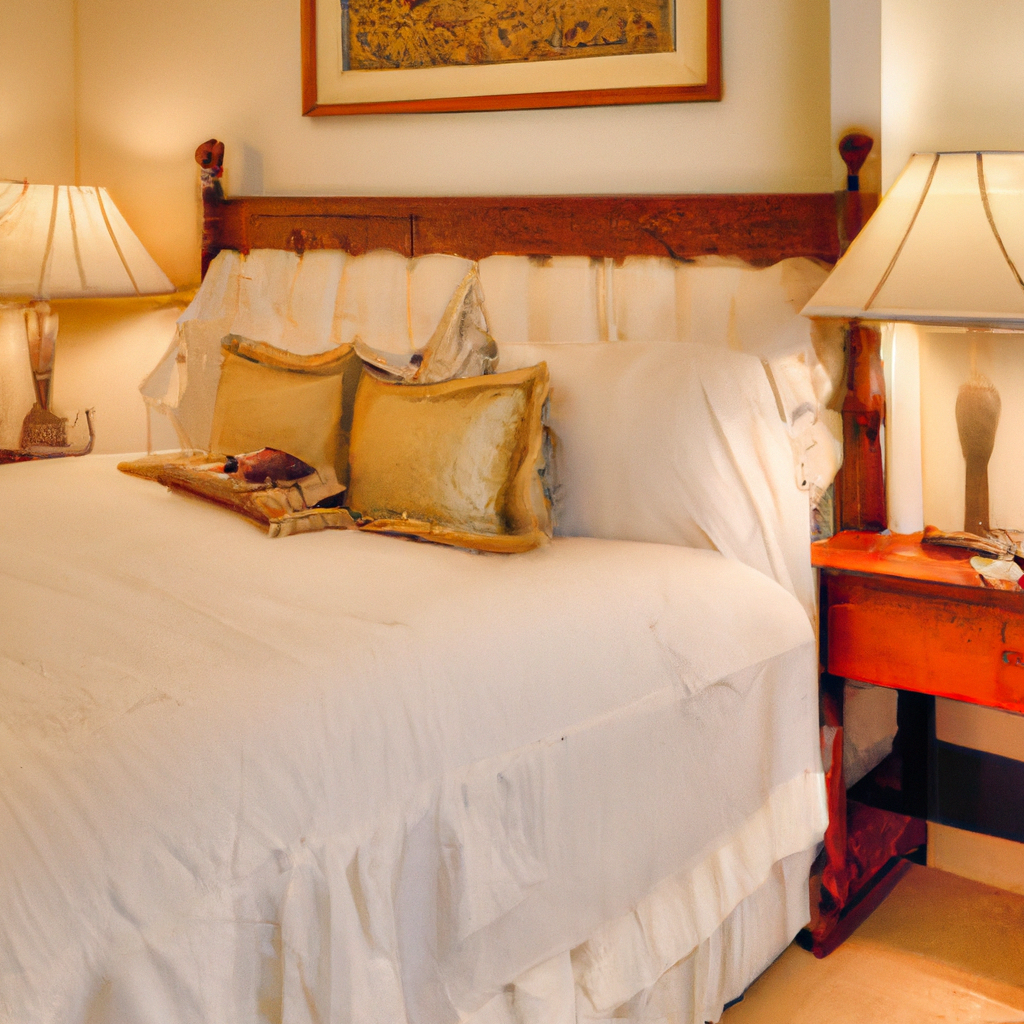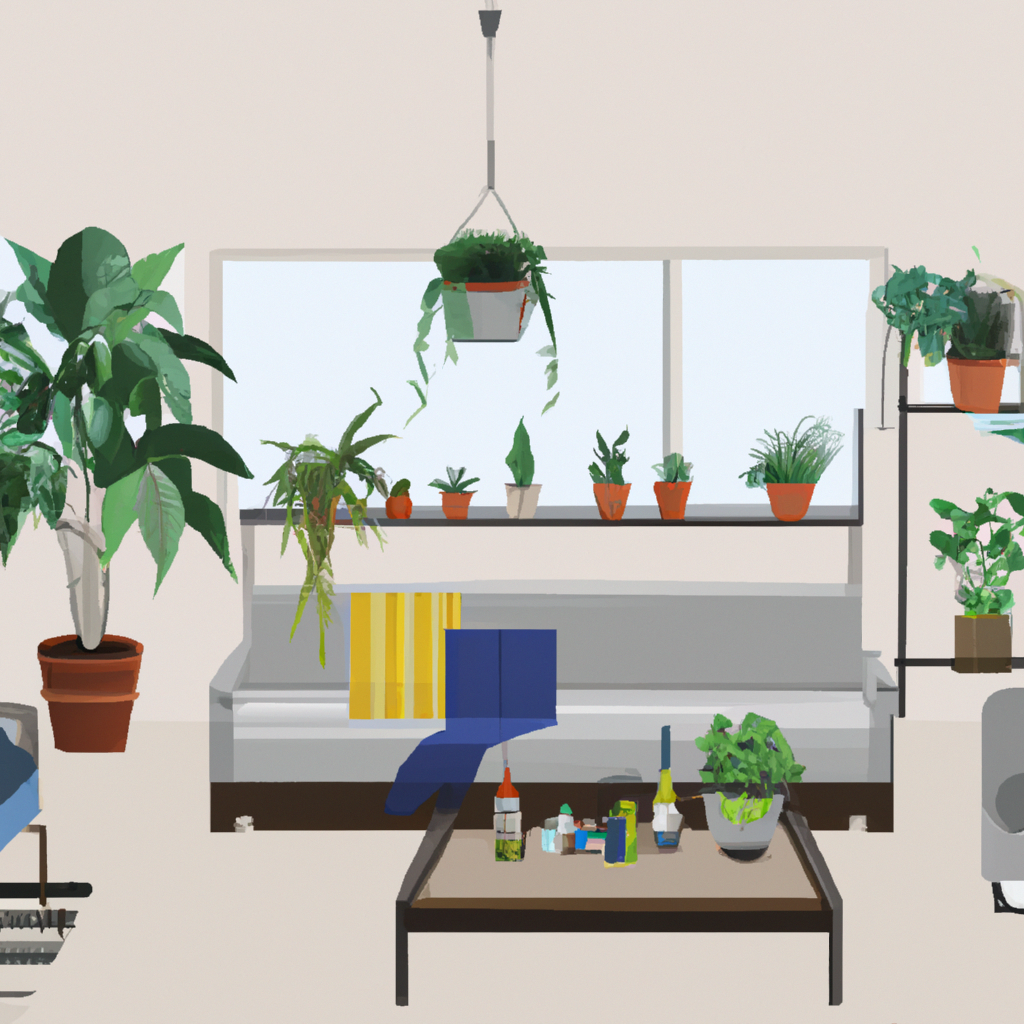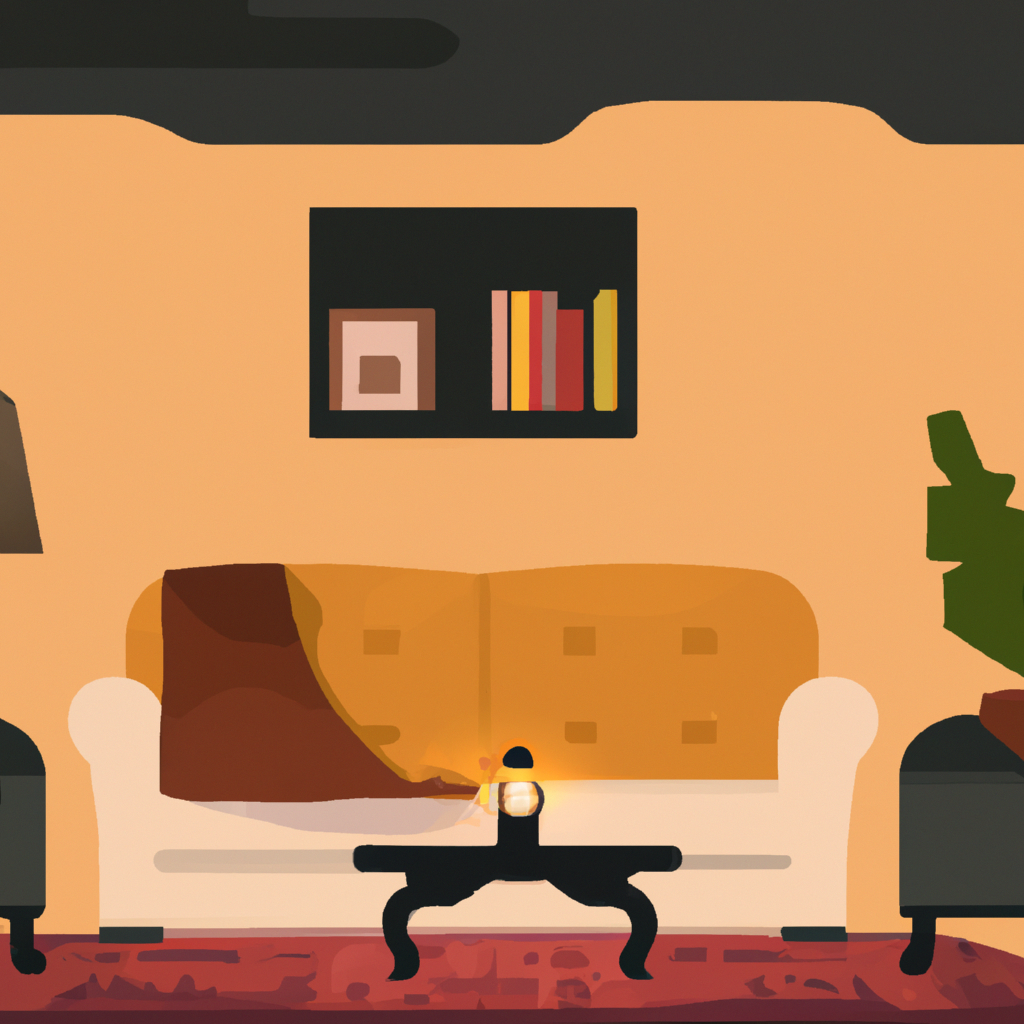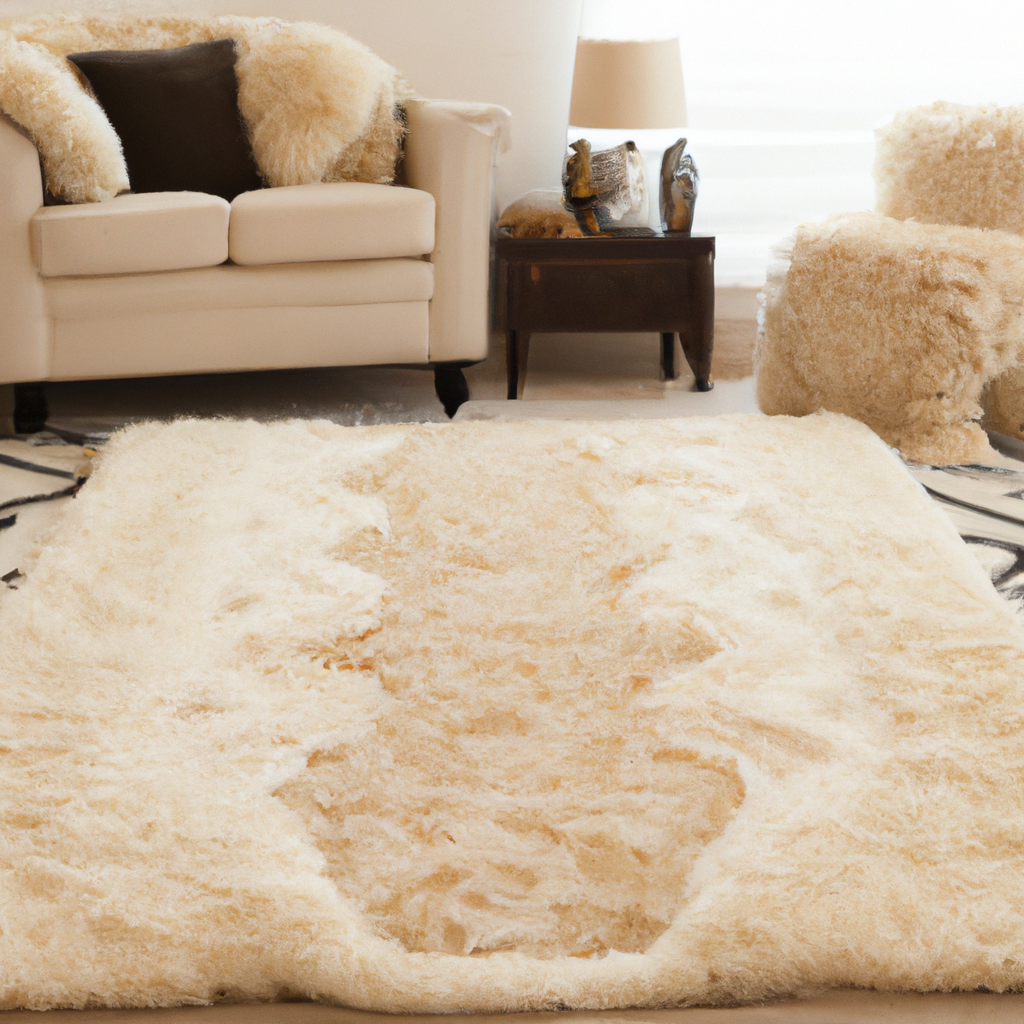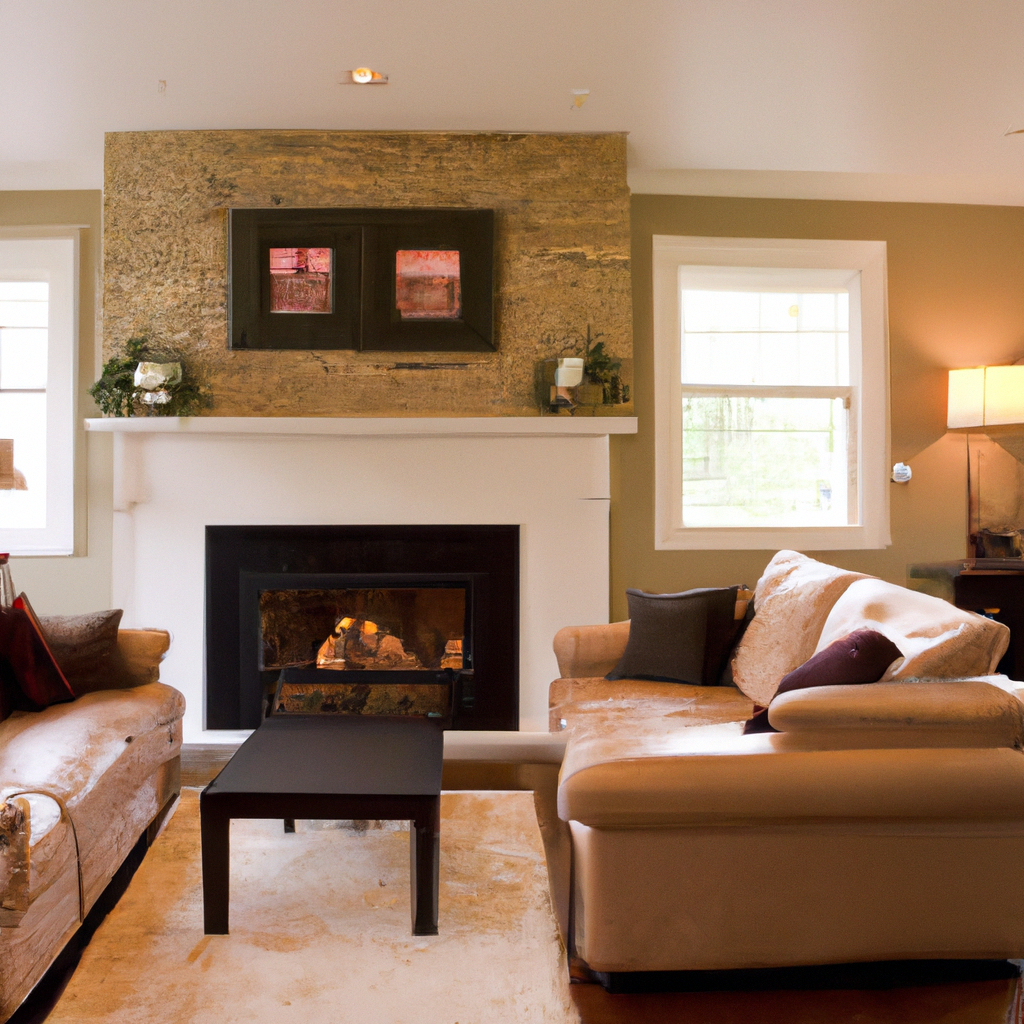The Impact of Color on Your Home Decor
Color has an immense effect on how people feel. It can be soothing or stimulating, warm or cool, creating a sense of place and belonging.
To select the ideal color palette, the first step is to determine your style and theme. This will enable you to pick hues that work well together throughout each room.
The Psychology of Color
Color has long been used in art, advertising and marketing to elicit certain emotions in viewers – this is known as “color psychology”.
It’s an effective tool that can have profound effects on mood, self-worth and energy levels. Furthermore, studies have linked it to lowering blood pressure, stimulating creativity and more.
Researchers are still researching the precise psychological effects of colors. But they do know that people’s responses to certain hues vary depending on context.
The Color Wheel
When designing a color scheme, the color wheel is an invaluable resource. Created in 1666 by Sir Isaac Newton, it illustrates the interrelationships between hues on the spectrum.
The wheel of colors consists of three primary hues (red, yellow and blue), three secondary shades (green, orange and purple), and six tertiary hues created when two primaries are mixed together.
Complementary Colors
Complementary colors are opposite each other on the color wheel and create an eye-catching contrast when combined. They can be used as accent colors or part of a larger color scheme for visual impact.
For instance, red and green together create an eye-catching holiday aesthetic that also works great in home decor.
Blue and orange are a beloved combination for home interiors. This vibrant combination works well with both saturated and lighter shades as the orange stands out brilliantly.
Analogous Colors
Analogous colors refer to a group of three hues located side by side on the color wheel. When used together in artwork or designs, these hues create an harmonious effect.
They look beautiful in nature and can have a calming, serene effect on any room. Claude Monet famously used an analogous color palette in his paintings of water lilies.
Complementary Contrasts
One of the best ways to add vibrant color into your home decor is through complementary contrasts. These are hues located opposite each other on the color wheel, such as red and green or blue and orange.
These colors offer high visual contrast and are the most attention-grabbing of all color schemes. Unfortunately, their intense nature makes them difficult to work with; caution must be exercised when using them.
Neutrals
Neutrals often get a bad rap, but when used properly they can be beautiful and serene. Plus, neutrals make great foundations in home decor!
They can be painted in an array of colors and paired with vibrant accents to give each room a distinct flair.
Neutrals can make a room appear larger by reflecting light. If your living space is small, opt for lighter neutrals to give the illusion of more space.


